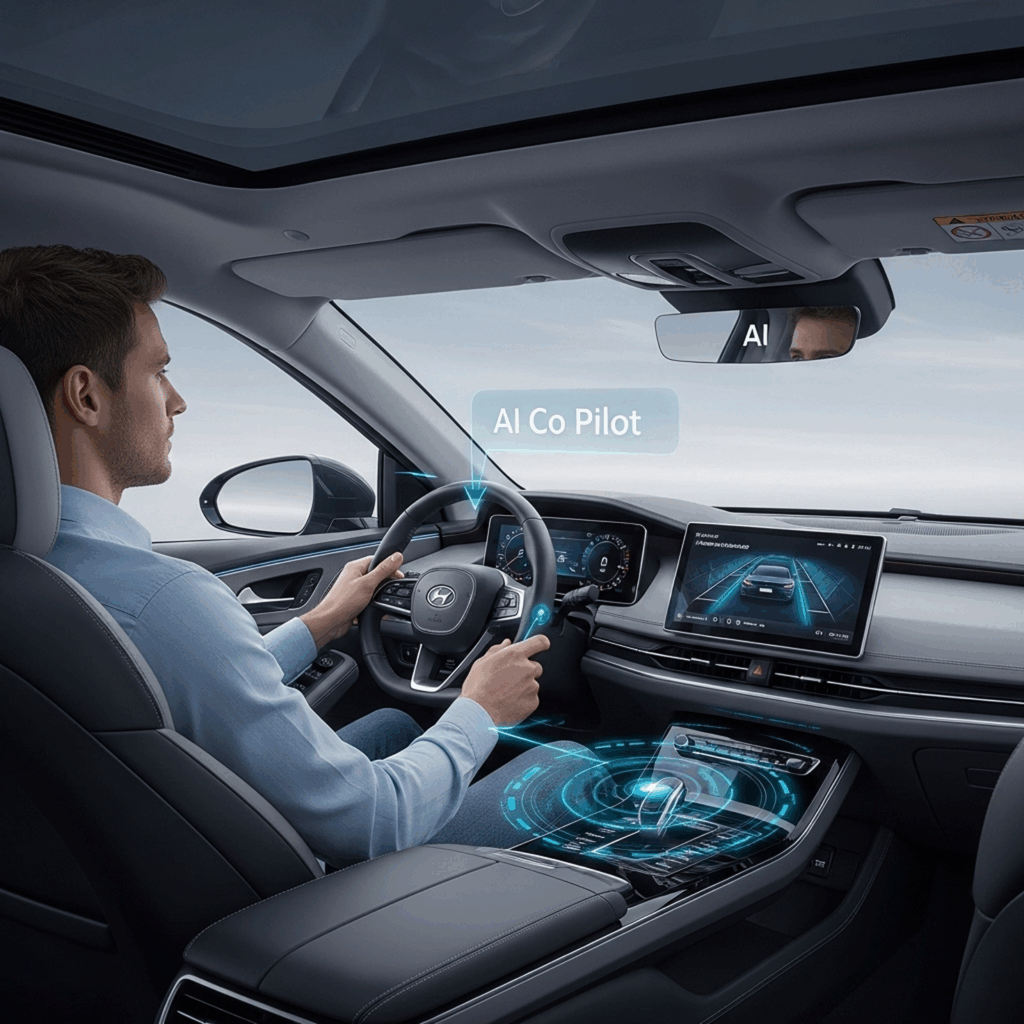As we edge closer to fully autonomous vehicles, we find ourselves in a pivotal transitional era—one where AI doesn’t replace the human driver but collaborates with them. Welcome to the era of the human-AI co-pilot.
In this hybrid driving model, AI takes the lead in perception, prediction, and control, while the human remains an essential part of the driving equation. It’s not just a compromise—it’s a strategic evolution.
🧠 Key Innovations Driving Semi-Autonomous Systems:
- 🚘 Adaptive Cruise Control & Lane Centering powered by real-time computer vision and sensor fusion
- 👁️ Driver State Monitoring to detect distraction, drowsiness, or inattention
- 🛣️ Predictive Behavior Modeling for other vehicles, pedestrians, and road dynamics
- 🔄 Continuous Over-the-Air Learning to enhance decision-making capabilities
- ⚠️ Intelligent Intervention Alerts that enable timely human takeovers when needed
This co-pilot framework does more than assist the driver—it builds trust, supports regulatory adaptation, and collects essential data for safer, smarter mobility.
⚠️ The Challenge:
How do we ensure seamless, intuitive transitions between AI and human control—especially in high-risk scenarios—without undermining safety or user confidence?
As we navigate this phase, one thing is clear: the future of driving isn’t AI or human. It’s AI and human—working side by side.

